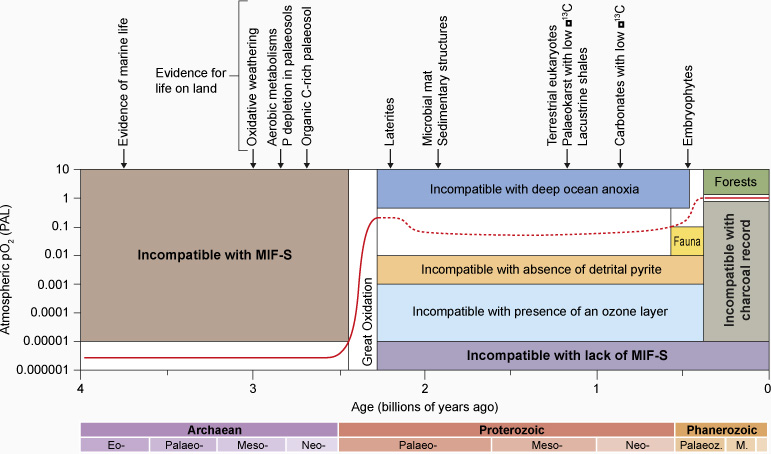
Photosynthetic machinery protection induced by UV-B in Chlamydomonas
Plant Science Research Weekly, Research0 Comments
/
Light is good, too much light is bad. Photosynthetic organisms can dissipate excess light through a variety of means including non-photochemical quenching. Czechowski et al. show that in Chlamydomonas perception of UV-B light via the nuclear/cytosolic receptor UVR8 induces accumulation of proteins that…

Metabolic control of tobacco pollination ($)
Plant Science Research Weekly, Research, Research BlogA germinated pollen grain extends a pollen tube through the stigma and style of the flower to deliver two sperm cells to an ovule. Tip-directed growth of the pollen tube requires a large energy input, but how does the pollen tube obtain energy while growing through the flower tissues? Goetz et al.…

A dephytylase involved in chlorophyll turnover
Plant Science Research Weekly, ResearchChlorophyll has an aliphatic phytol side chain that anchors it to light-harvesting complexes. During senescence, chlorophyll is degraded first by the enzymatic removal of Mg to produce pheophytin, which is dephytlated by pheophytinase. Through the identification of a mutant allele with elevated enzymatic…

It was a Great, Green Year: Identification of a Chlorophyll Dephytylase That Functions in Chlorophyll Turnover
Research, The Plant Cell, The Plant Cell: In BriefIN BRIEF by Jennifer Mach [email protected]
Green may have been the Pantone Color of the Year for 2013 (http://www.pantone.com/color-of-the-year-2013), but 2016 was a great year for papers on chlorophyll research, at The Plant Cell and beyond. In this year, we saw a pile of interesting papers examining…

Best of 2016: Top Topics in The Plant Cell journal
Blog, Research, Research Blog, The Plant CellWe’ve highlighted some of the Plant Cell papers that were widely shared, liked, blogged, retweeted and otherwise garnered high-levels of attention this year. Perhaps you can use some holiday-season quiet time to catch up on those you missed.
Reviews and Perspectives
Creating order from chaos: epigenome…

Best of 2016: Top Topics in Plant Physiology jounal
Blog, Research, Research Blog
We’ve highlighted some of the Plant Physiology papers that were widely shared, liked, blogged, retweeted and otherwise garnered high-levels of attention this year. Perhaps you can use some of that holiday-season quiet time to catch up on those you missed.
The breakaway attention-getter from Plant…

Improving Rubisco
Plant Science Research Weekly, ResearchRubisco (Ribulose-1,5-bisphosphate carboxylase / oxygenase) is the enzyme responsible for fixing almost all inorganic carbon into organic form, but it is not optimized for current conditions. As temperature and CO2 levels increase, there is an opportunity to increase photosynthetic efficiency by engineering…

Gibberellin biosynthesis in bacteria: Still more convergent evolution ($)
Plant Science Research Weekly, ResearchGibberellin hormones were famously identified as the product of Gibberella fujikuroi, a fungal pathogen that stimulates host cell elongation, and then subsequently recognized as a hormone produced by plants as well. Fungi and plants produce gibberellins from distinct biochemical pathways, in an example…

Review: Biogeochemical effects of early life on land
Plant Science Research Weekly, ResearchEarth colonization by life happened billions of years ago. Weathering of soils by microbial mats leave a characteristic signal that can be used to shed light on the mechanisms involved in colonization. In this review, Lenton and Daines discuss the growing mass of evidence that points to the biogeochemical…

